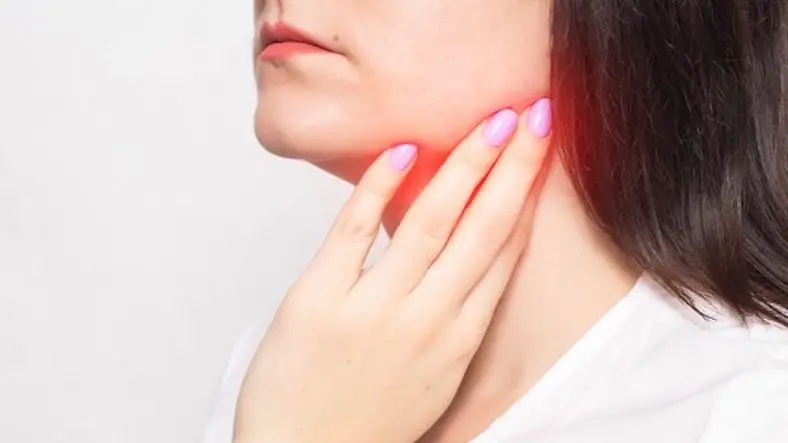Salivary glands are many exocrine glands that secretes salivary substances into the epithelial surface of the oral cavity through salivary duct.
There are 3 major salivary glands:
- Parotid gland also known as serous glands
- Submandibular gland also known as mixed gland
- Sublingual gland also known as mucous gland
How do we diagnose the stone in the salivary glands
- Computed tomography (CT scan)
- MRI scan
- Radionuclide Imaging
- Sialochemistry
- Sialography
- Ultrasonography, it will detect stone of diameter>2mm
If any of the problems involved in salivary glands lead to infection like Sialadenitis and Sialolithiasis.
Sialadenitis:
If there’s any infections seen in the major salivary glands then it is called Sialadenitis. It is seen mainly in the Parotid gland.
Causes of Sialadenitis:
- Microorganisms like staphylo/streptococcus infection.
- Decrease host resistance.
- Poor oral hygiene.
- Dehydration.
Symptoms of Sialadenitis:
- Unilateral enlargement and tenderness of gland.
- Elevation of ear lobes.
- Redness of overlying skin.
- Generalized symptoms like cervical lymphadenopathy.
- Facial pain and swelling in paranasal epistaxis.
- Might lead to nasal obstruction in the nasal cavity.
- May lead to ill fitting dentures in old people.
Treatment for Sialadenitis:
- Maintenance of oral hygiene.
- Intake of soft diet.
- Maintenance of electrolyte balance.
- Surgical drainage of infection if the above measures fails.
Sialolithiasis or Sialolith:
It is a calcified organic matter that forms within the secretory system of the major salivary glands. Sialolith consists of hydroxyapatite,calcium phosphate and carbon, with a trace amount of magnesium, potassium chloride and ammonium. It is seen mainly in submandibular gland and parotid gland.
Causes of Sialolithiasis:
- Inflammation by microorganisms.
- Irregularities in the duct system.
- Prolong use of anticholinergic medications.
Symptoms of Sialolithiasis:
- Acute painful and intermittent swelling seen.
- Eating initiates salivary gland swelling.
- Stone totally or partially blocks flow of saliva causing salivary pooling within ductuall system.
- Stasis of saliva may lead to infection, fibrosis and gland atrophy.
- Fistula, sinus tract or ulceration may occur over stone in chronic cases.
- Soft tissue surrounding the duct may show edema and inflammation.
Treatment for Sialolithiasis:
In acute phase-supportive treatment - analgesic, antibiotic, hydration and antipyretic treatment will help, In exacerbation
- Surgical intervention drainage or removal of stone
- Stones at or near the duct are removed transorally by milking the glands
- Deeper stones are removed by surgery or Sialendoscopy
- Smaller stones are removed by gently massaging the glands.
- Sailogogueso, moist heat and increased fluid intake may also promote passage of stone
- Large sialolith are surgically removed
Thanks for reading the dentofacts article, for more such articles visit PeoplesBLOG.















